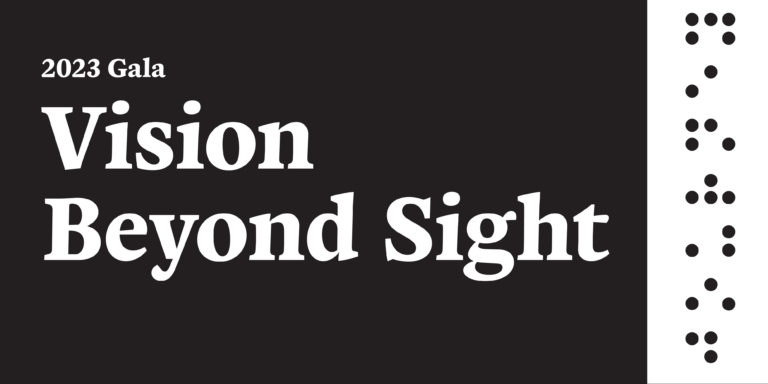The lazy days of summer are rapidly coming to a close and students are returning to the classroom. In preparation for the new school year, parents are purchasing school supplies and new outfits, adjusting sleep schedules and talking to teachers about class assignments. These tasks are all part of the traditional back to school checklist. However, a critical item that should be added to the list is an eye exam. The majority of work done in school is highly visual–from reading textbooks to seeing the chalkboard–which is why August is Children’s Eye Health and Safety Month. Additionally, COVID-19 has created a digital learning environment at home and children are staring continuously at a computer screen or tablet.
Making sure that your child’s eyes are healthy can best be determined during a comprehensive examination. An exam can detect refractive errors like nearsightedness, farsightedness and astigmatism. It can also uncover the following childhood eye diseases:
1. Amblyopia (lazy eye): Amblyopia, also known as lazy eye, is decreased vision that results from abnormal visual development in infancy and early childhood and is the leading cause of decreased vision among children. This condition develops when nerve pathways between the brain and the eye aren’t properly stimulated. As a result, the brain favors one eye, usually due to poor vision in the other eye, causing the brain to ignore signals from the other eye. Possible treatments are eye patches, eye drops, and glasses/contacts or surgical intervention.
2. Strabismus (crossed eyes): Strabismus, or crossed eyes, is a condition when the eyes do not line up properly. Indications that your child may have this disorder could be their eyes looking in different directions, with each eye focusing on a different object. Strabismus is very common, affecting 4 percent of children aged 6 and younger. This eye condition tends to run in families and may be corrected with eyeglasses and/or surgery.
3. Ptosis (drooping of the eyelid): Ptosis, or eyelid drooping, in infants and children is when the upper eyelid is lower than it should be. This may occur in one or both eyes. Ptosis in children is often due to a problem with the muscle that raises the eyelid. A nerve problem in the eyelid can also cause it to droop. Eyelid lift surgery can repair this condition.
4. Color deficiency (color blindness): Most of us share a common color vision sensory experience. Some people, however, have a color vision impairment deficiency, which means their perception of colors is different from what most of us see. The most severe forms of these deficiencies are referred to as color blindness. People with color blindness aren’t aware of differences among colors that are obvious to the rest of us. People who have the more severe types of color blindness may not even be aware of their condition unless they’re tested in a clinic or laboratory. The main symptom of color blindness in children is difficulty in distinguishing colors or in making mistakes when identifying colors.
During the exam, your child’s eyes will be tested for the following:
- Visual acuity – the ability to see detail and distance.
- Visual fields – the ability to see above, below and to the side.
- Refraction – the ability to bring things more clearly into focus if wearing eyeglasses or contact lenses.
- Health of the eye – using tools to determine eye diseases and changes to the eye.
- Eye pressure – check for the presence of glaucoma.
- Low vision impairment devices – experiment with various aids and lighting for helping people with low vision maximize their use of vision. Possible referral to a low vision specialist, an ophthalmologist or optometrist for follow up.
While the exam is being conducted, jot down notes for yourself and for your child’s vision teacher if there is one involved. Bring any school documents required for back to school registration. Ask questions about your child’s overall eye health, need for glasses, contact lenses or low vision aids. Remember that appropriate vision impairment testing is vital to ensure your child has the visual skills needed to perform well in school. A child who is unable to see print or view a blackboard can become easily frustrated, leading to poor academic performance. This can hold your child back. Schedule an eye exam with an eye doctor today.



